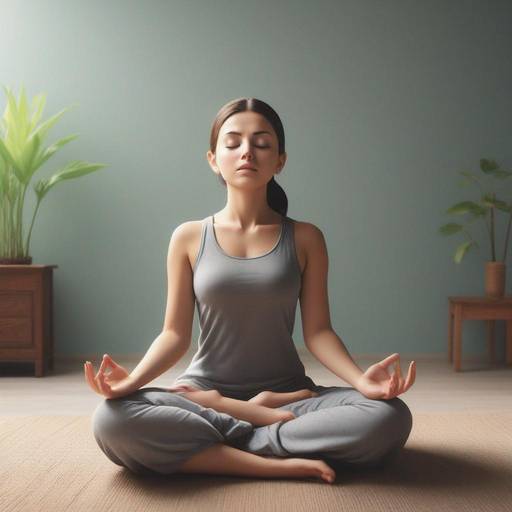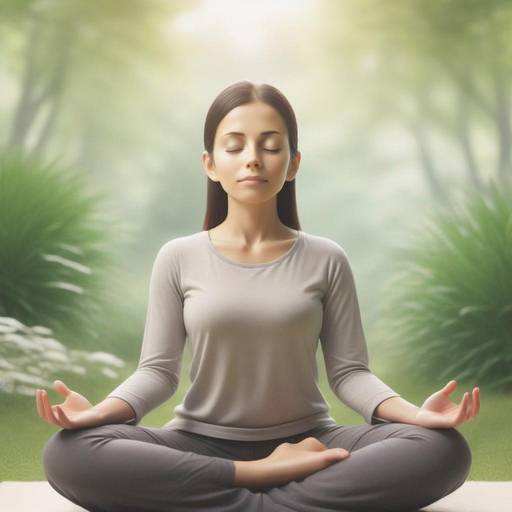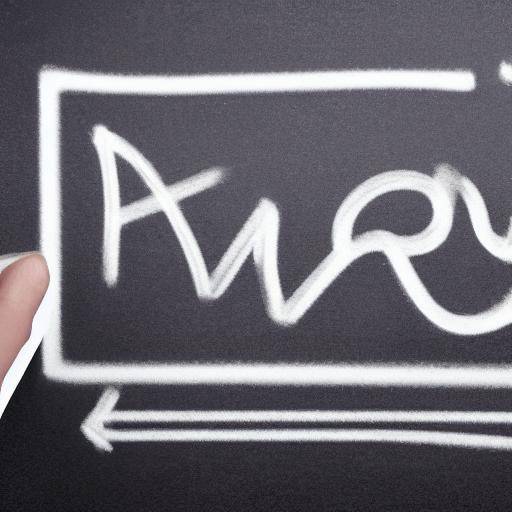
Sleep quality is fundamental to physical and mental well-being. However, many of us face difficulties in reconciling sleep or staying asleep at night. Fortunately, there are effective techniques that can help us improve the quality of our dream, and one of the most powerful is the breathing technique. In this article, we will explore in detail how to use this technique to enjoy a more repairing night break.
Introduction
We will begin by understanding the vital importance of sleep for the health and optimal functioning of the organism. We will explore the common challenges facing people to try to reconcile sleep, as well as the adverse effects of sleep deprivation. Then we will present the breathing technique as an effective tool to improve sleep quality and promote night relaxation.
Importance of sleep
Sleep is essential for physical recovery, memory consolidation and emotional balance. Lack of sleep can cause health problems such as hypertension, weight gain, decreased cognitive function and increased risk of chronic diseases. Improving sleep quality is crucial to maintaining overall good health.
Common Challenges to Conciliate Sleep
Many people face difficulties in reconciling sleep due to stress, anxiety, unhealthy lifestyles and unfriendly rest environments. These factors can interrupt the natural cycle of sleep and reduce its quality, leading to a feeling of tiredness and exhaustion during the day.
History and origins of breathing technique
Breathing technique is not a new concept. Throughout history, several cultures have recognized the power of conscious breathing to promote relaxation and well-being. From ancient meditation practices to Eastern philosophies, the importance of breathing has been exalted and studied.
Breathing in the Eastern Traditions
In the ancient tradition of yoga, breathing or pranayama, it is considered a fundamental tool to balance the body and mind. Yogis have developed specific breathing techniques that have been transmitted over the centuries and have proven to be effective in alleviating stress and promoting relaxation.
Breathing in Traditional Chinese Medicine
Traditional Chinese medicine also values breathing as a way to regulate the flow of energy or "qi" in the body. Practices such as qigong and tai chi incorporate breathing exercises to improve physical and mental health.
Detailed Analysis of Respiratory Techniques
By thoroughly exploring respiratory techniques, it is crucial to understand how the nervous system and the mental state affect. We will explain how different breathing methods, such as abdominal breathing, deep breathing and conscious breathing, can influence the ability to disconnect and prepare the body for rest.
Abdominal breathing
Abdominal breathing, also known as diaphragmatic breathing, involves inhaling deeply into the nose, allowing the diaphragm to expand and the lungs are filled with air. This type of breathing activates the parasympathetic nervous system, promoting a feeling of calm and relaxation.
Deep breath
Deep breathing consists of taking long and complete breaths that completely fill the lungs. This method can reduce heart rate and blood pressure, helping to prepare the body for sleep.
Conscious breathing
Conscious breathing involves giving full attention to the breathing process, observing each inhalation and exhalation without judging. This mindfulness practice can reduce anxiety and improve sleep quality by focusing the mind and soothing the body.
Recommendations and practical advice
We will provide a series of practical tips to effectively implement breathing techniques before bedtime, including specific exercises, recommended postures and the use of visualization and concentration.
Breathing exercises
- Respiration 4-7-8: Inhale your nose for 4 seconds, keep your breath for 7 seconds and breathe slowly through your mouth for 8 seconds. Repeat this cycle from 4 to 8 times.
- Alternate breath: Close the right nostril with the thumb, inhale the left nostril, close the left nostril with the ring finger and exhale the right nostril. Invest the process and repeat several times.
Recommended postures
Practice these techniques in a comfortable position can improve their effectiveness. The "cadáver" posture in yoga (Savasana) is ideal for relaxation. Lie face-up with your arms to the sides and palms up, closing your eyes and focusing on your breathing.
Visualization and Concentration
Combine breathing with visualization to enhance its effects. Imagine a quiet and peaceful place while inhaling and exhaling, focusing on the details of the environment imagined to distract the mind from stressful thoughts.
Conclusion and frequent questions
Conclusion
Breathing technique is a powerful tool to improve sleep quality. By integrating conscious, abdominal and deep breathing practices into the night routine, we can promote relaxation, reduce stress and enjoy a more repairing sleep. Adopting these techniques can transform the way we prepare for rest, benefiting our physical and mental health.
Frequently asked questions
1. How long should I practice breathing technique before bedtime?
We recommend practicing breathing technique for at least 5-10 minutes before bedtime to experience your relaxing benefits.
2. Can I combine breathing with other relaxation techniques?
Yes, combining breathing with other techniques such as meditation, yoga or visualization can enhance relaxing effects and improve sleep quality.
3. When will I see the results of practicing breathing technique?
Results may vary, but many people begin to notice improvements in sleep quality after a week of constant practice.
4. Is the breathing technique right for everyone?
Breathing technique is generally safe for most people. However, if you have specific medical conditions, consult with a health professional before starting any new relaxation practice.







